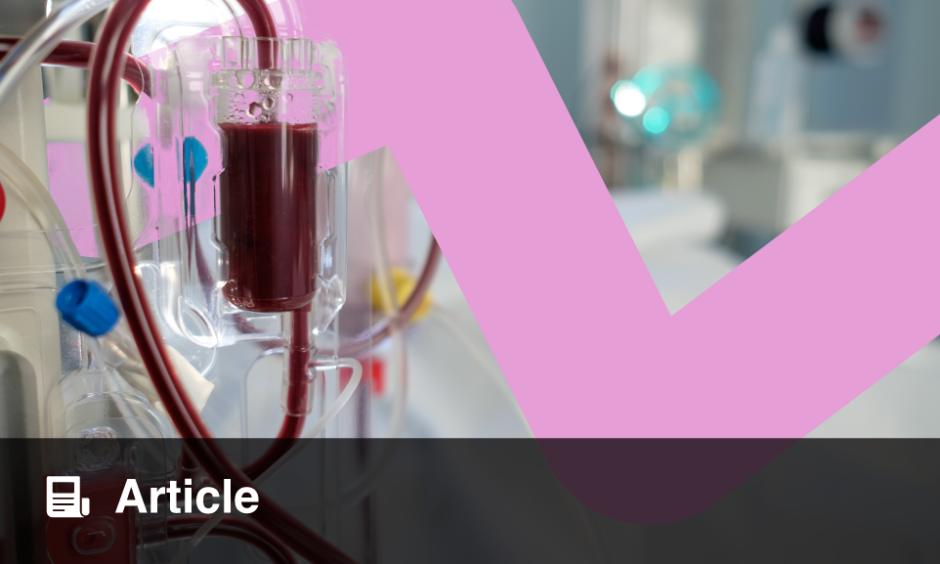A STUDY conducted at the Children’s Hospital of Philadelphia, Pennsylvania, USA has shown that initiating propranolol at 2mg/kg/day does not increase the risk of adverse events (AEs) compared to the standard dose 1mg/kg/day start dose in treating infantile haemangiomas.
Propranolol is a proven treatment for infantile haemangiomas, which are common vascular tumours in children, and usually appear within the first month of life. While this treatment is generally considered safe, it still has potential risks of side effects, such as hypoglycaemia, hypotension, bradycardia, bronchospasm, and cardiovascular or respiratory compromise. Currently, the treatment guidelines advise to administer propranolol doses at 1mg/kg/day, with up-titration to 2mg/kg/day.
A study conducted by researchers at the Children’s Hospital of Philadelphia investigated the safety of accelerated dosing of propranolol at 2mg/kg/day compared to traditional lower starting dose of 1mg/kg/day, and whether starting at this higher dose increased the incidence of AEs.
The retrospective cohort study reviewed medical records of 244 patients receiving propranolol for haemangiomas from October 2018–March 2021, split into groups based on initial dosing (1mg/kg/day or 2mg/kg/day). The study assessed parent-reported AEs, hypotension, and bradycardia, following propranolol treatment initiation.
Out of 244 patients, 123 started the treatment at 1mg/kg/day, and 121 started at 2mg/kg/day. The study’s outcomes revealed no significant difference in the incidence of AEs between the two dosing groups. Notably, this held true across various age and weight categories, including infants younger than 2 months, and those in the lower weight quartiles.
However, due to the study’s retrospective design, there are limitations in establishing causality between dosing and AEs. Additionally, reliance on parent-reported data could introduce reporting biases, particularly with reporting AEs that occur outside of hospital settings.
The results support the safety of initiating propranolol at higher doses for treatment of haemangiomas in infants. The study found that patients initiated at the higher starting dose (2mg/kg/day) did not show increased incidence of AEs compared to those initiated at the lower starting dose (1mg/kg/day). Therefore, incorporating these findings could significantly impact treatment efficacy and patient outcomes, marking a substantial advancement in paediatric dermatology.
Reference
Huang CY et al. Regimen for accelerated propranolol initial dosing (RAPID). Pediatr Dermatol. 2024;DOI: 10.1111/pde.15623.








